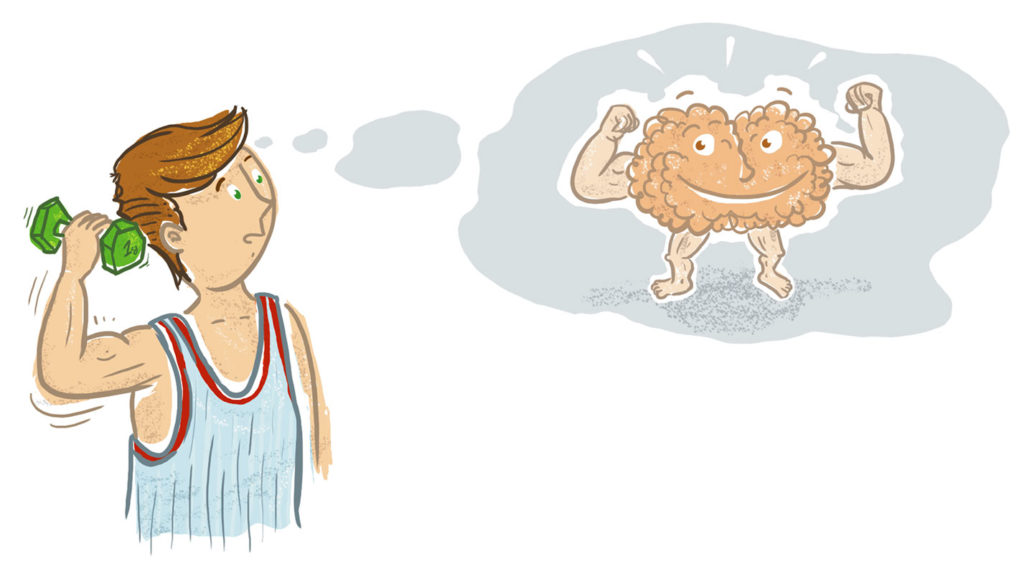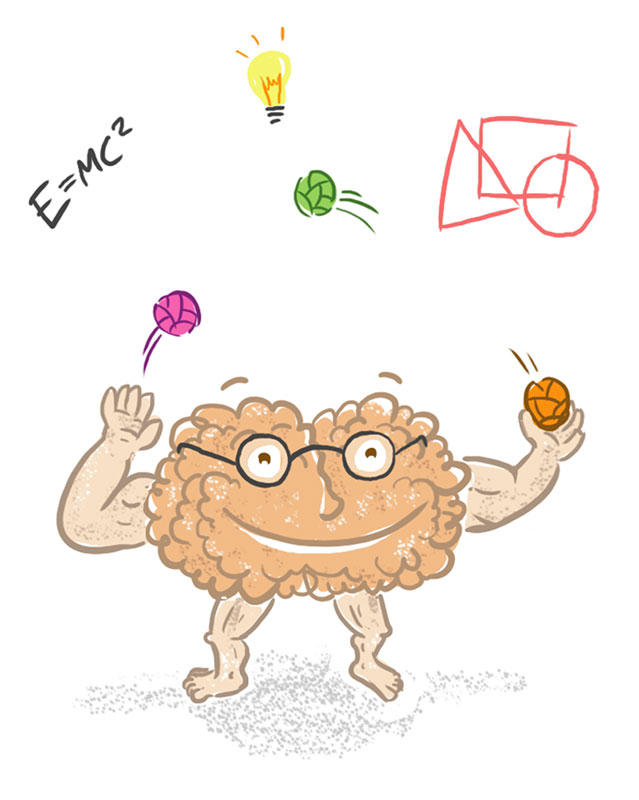Academic performance
Living Democracy » Principals » ACTIVE SCHOOL » Awareness » Academic performancePhysical training – mental training!?
Recent research supports the assumption that children and young people enjoy a wide range of both social and academic benefits when they regularly engage in developmentally appropriate physical activity,
Even though academic performance is influenced by many factors, there is substantial evidence to link it with regular physical activity in at least three broad domains:
- Cognitive functions (e.g., memory, attention/concentration, verbal ability, information assessment and utilization, problem solving skills)
- Academic behavior and schooling (e.g., classroom behavior, attendance, participation in class, doing homework, concentration on tasks)
- Academic achievement (e.g., school grades, standardized test scores, formal assessments)
Participation in physical activity can result in both short and long-term gains in academic performance. Research indicates that children are better able to concentrate on their work in class immediately after physical activity, which allows them to be more focused and attentive. Over time, children who regularly participate in physical activity show improvement in their cognitive skills and attitudes, not only in basic cognitive abilities such as attention and memory, but attitudes and beliefs that influence academic performance, such as motivation, self-efficacy, satisfaction and self-directed learning. Studies show that the more active the children are, the better their academic performance is in terms of literacy and numeracy. Therefore, it is imperative that school policies and regulations ensure that all children enjoy the benefits of regular physical activity.
However, school reality is another story and suggests that research, theory and recommendations have often little impact on educational practices. School systems all over the world are facing serious budget cuts. Thus, when in “grade-obsessed” societies, choices are made between investing in academic priorities versus investing in physical education, the latter is often shortchanged. A report about a world-wide Survey on School Physical Education by UNESCO in 2013 states that despite the official commitment to physical education, either through legislation or as a matter of general practice, such a provision is far from assured (http://unesdoc.unesco.org/images/0022/002293/229335e.pdf).
Thus, failing to balance academic achievement and physical well-being of young people not only violates their human and children’s rights – but is also unwise in economic terms. Evidence has shown that fitness levels among young people have dropped due to increasingly sedentary lifestyles and rising levels of obesity. The situation is worse in some countries, due to insufficient and/or inadequate school-community co-ordination, missing opportunities for physical activity, physical education issues, including insufficient curriculum time allocation, subject and teacher status, lack of resources (teaching personnel, facilities and equipment) etc. Within one or two decades, not only the young generation will literally suffer, but the economic performance as well. Soaring costs in health expenses will far offset the spending cuts in today’s short-sighted educational policies.
Once a school or a national education system has decided to engage in enhancing their students’ physical-well-being, several questions must be answered, including the most appropriate modality, optimal intensity and duration of physical activity relative to the age, gender and academic abilities of the students, as well as the timing of school physical activity and/or physical education. Studies have suggested that the greatest cognitive benefits from physical education resulted when physical education classes were scheduled at the beginning or the middle of the school day, rather than at the end. Further research is required to fully answer these questions, but there is already enough evidence to call for more action and increased physical activity opportunities throughout the school day for all students.
As a neuroscientist has eloquently put it, if you want intellectually fit kids: “Cut math class to dance – or walk, skip, play catch … the theory being that whatever gets the heart pumping will get the brain humming as well!”
https://beta.theglobeandmail.com/news/national/education/how-physical-exercise-helps-to-get-students-intellectually-fit/article20284157/


Sources of reference
The Association Between School-Based Physical Activity, Including Physical Education, and Academic Performance. U.S. Department of Health and Human Services Centers for Disease Control and Prevention National Center for Chronic Disease Prevention and Health Promotion Division of Adolescent and School Health www.cdc.gov/HealthyYouth Revised Version — July 2010

